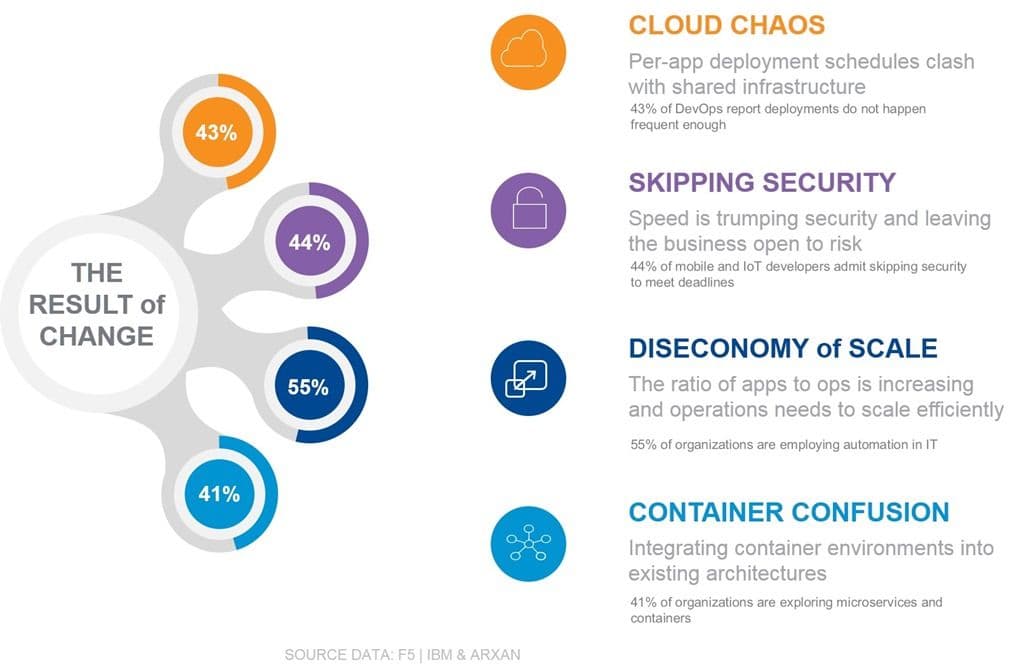It’s not really about technology at all.
The only constant is change* | The biggest changes in technology today are those of interaction. |
| *a profound cliché is still profound | It’s not really that technology is changing all that much, it’s more the fact that how we engage with technology is rapidly changing. |
From mice to touch screens, from wired to wireless, from AVR to API, from buttons to voice. What’s truly innovative today is the interaction we enable between people and technology.
From a technical perspective, the mechanisms that translate a button click on the screen are not that much different than those that translate a finger touch on the screen. An event is generated and caught by code, its coordinates translated and interpreted by an app that determines what it was you intended to do. Math and trigonometry come into play here, as the system performs the calculations necessary to determine which bounding box (button) contained the specific coordinates that triggered the event.
Then, voila! Something happens.
The core code – what happened – isn’t different. Only the way in which it was triggered. A finger press instead of a mouse click. A voice command instead of text. The interaction has changed, but little else.
This is true inside IT, as well. The router hasn’t changed. Nor the firewall. The application services remains the same. But the way in which we interact with them – choosing API over CLI, declarative over imperative, cloud over tiered architectures – is what is changing.
And change it must.
Because applications double every four years. Data volumes double every eighteen months. OpEx doubles every eight years.
All these increases directly impact the backbone of the business – the network. But the impact now is more than just pressure to increase port densities or double backplanes or scale out application services. The impact is now on operational efficiency and network architecture.
Digital transformation is an opportunity to change the way things have always been done. In fact, you might consider that as high a priority as servicing any ticket. New approaches – DevOps and Agile – and new deployment environments - cloud and containers - have changed the game, and not just because you might be using them. They’ve subtly shifted the view of business and development with respect to how apps are developed, deployed, and delivered. Per-app architectures are the norm, and that has a profound impact on the operational burden placed on NetOps to deploy and deliver.
The surprising truth is that digital transformation is less about the technology than it is how you engage with and adapt to support it.
But to do that, you need to know what the existential impacts are. So I’m launching a series of blogs to discuss each of the four biggest obstacles you’re likely to encounter as a result of digital transformation.

Cloud Chaos – Cloud has given us a very app-focused view of the world, from development to deployment to data path. We expect that each app has its own platform dependencies and pipeline and can deploy at will. That clashes with the need for stable, shared infrastructure.
Skipping Security – When you have to meet business’ deadlines, and security stands in the way, guess which drops? We’ve always had this problem – if performance is bad, turn off the security. Now it’s in the pipeline, when the risks of a breach are higher than ever before.
Diseconomy of Scale – Hey, you can only hire so many ops to deal with the rising number of apps before you run afoul of the Law of Diminishing Deploys.
Container Confusion – Containers are coming, with nearly half of organizations exploring them and a sizeable chunk pushing them into production already. Integrating container environments (and they are environments, like mini-clouds) with existing infrastructure can be challenging.
It’s these four challenges that threaten to send your network into a cloudy, containerized vortex of chaos. And while that might be morbidly fascinating to watch happen to others, you will eventually get sucked in, too. Knowing what the impacts are – and what to do about them – will make it more likely you’ll come through it successfully.
So stay tuned as we tackle these challenges head-on in the coming weeks.
About the Author

Related Blog Posts

Nutanix and F5 expand successful partnership to Kubernetes
Nutanix and F5 have a shared vision of simplifying IT management. The two are joining forces for a Kubernetes service that is backed by F5 NGINX Plus.

AppViewX + F5: Automating and orchestrating app delivery
As an F5 ADSP Select partner, AppViewX works with F5 to deliver a centralized orchestration solution to manage app services across distributed environments.

Build a quantum-safe backbone for AI with F5 and NetApp
By deploying F5 and NetApp solutions, enterprises can meet the demands of AI workloads, while preparing for a quantum future.

F5 ADSP Partner Program streamlines adoption of F5 platform
The new F5 ADSP Partner Program creates a dynamic ecosystem that drives growth and success for our partners and customers.
F5 NGINX Gateway Fabric is a certified solution for Red Hat OpenShift
F5 collaborates with Red Hat to deliver a solution that combines the high-performance app delivery of F5 NGINX with Red Hat OpenShift’s enterprise Kubernetes capabilities.
Phishing Attacks Soar 220% During COVID-19 Peak as Cybercriminal Opportunism Intensifies
David Warburton, author of the F5 Labs 2020 Phishing and Fraud Report, describes how fraudsters are adapting to the pandemic and maps out the trends ahead in this video, with summary comments.
